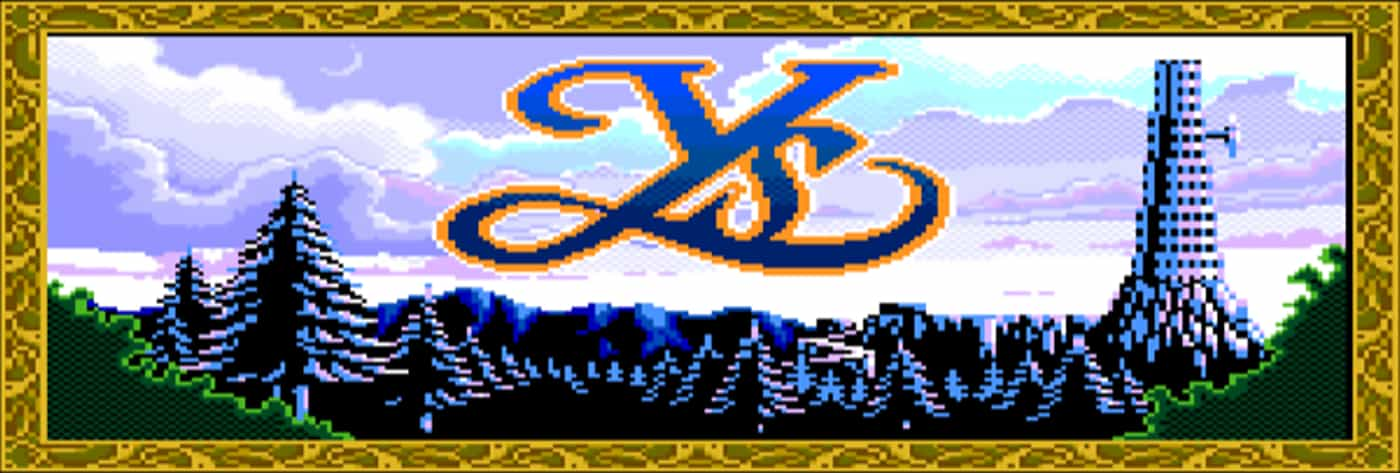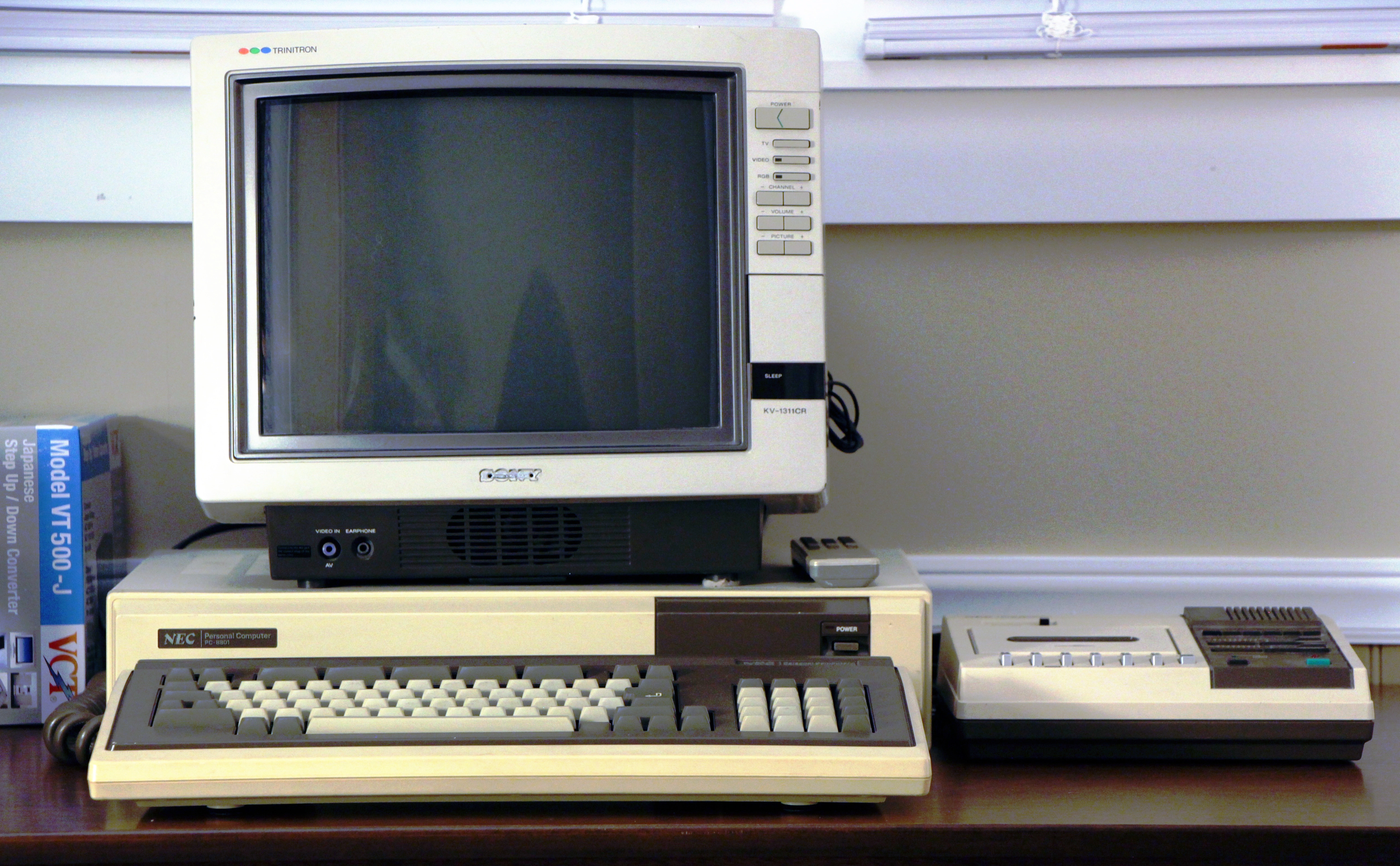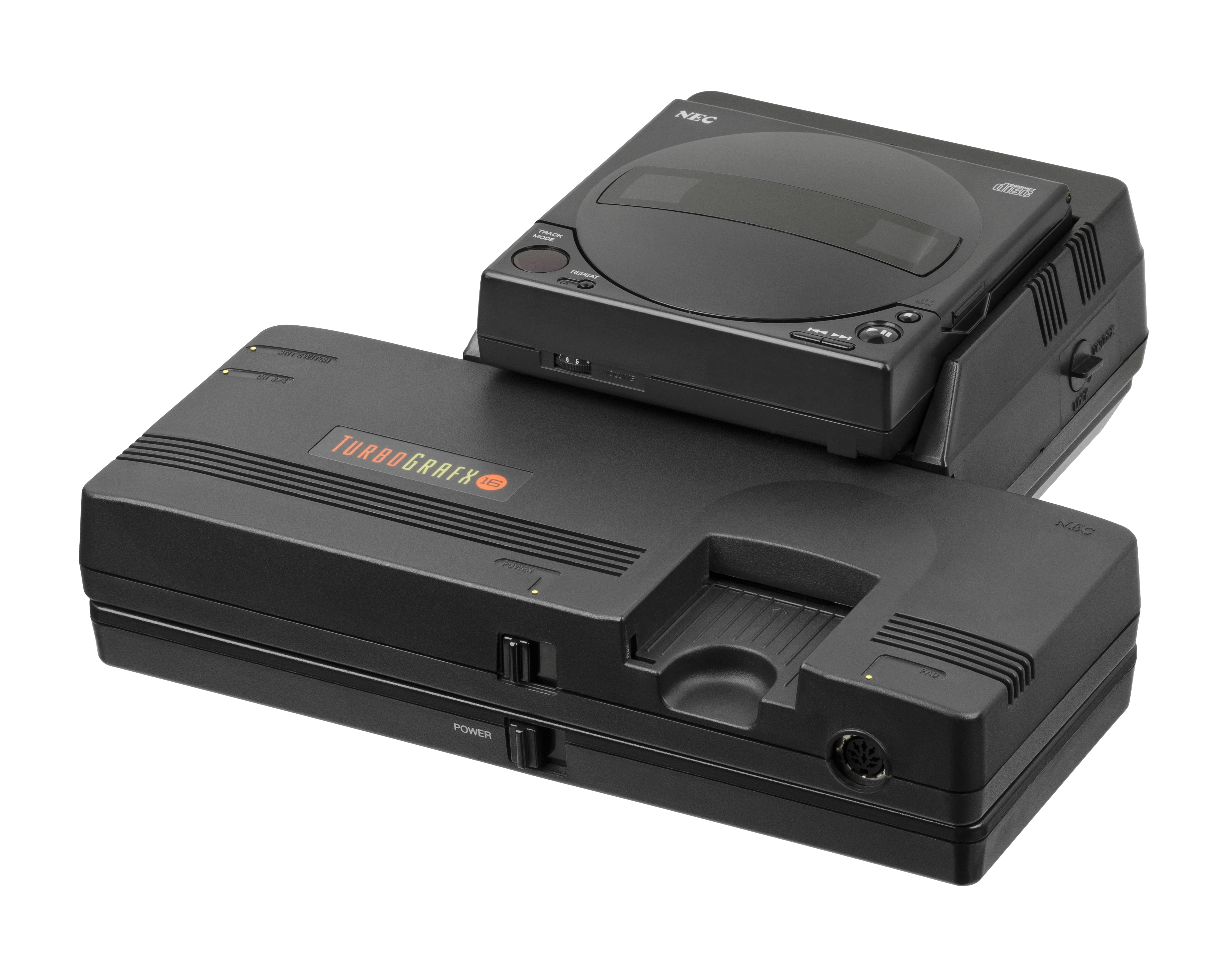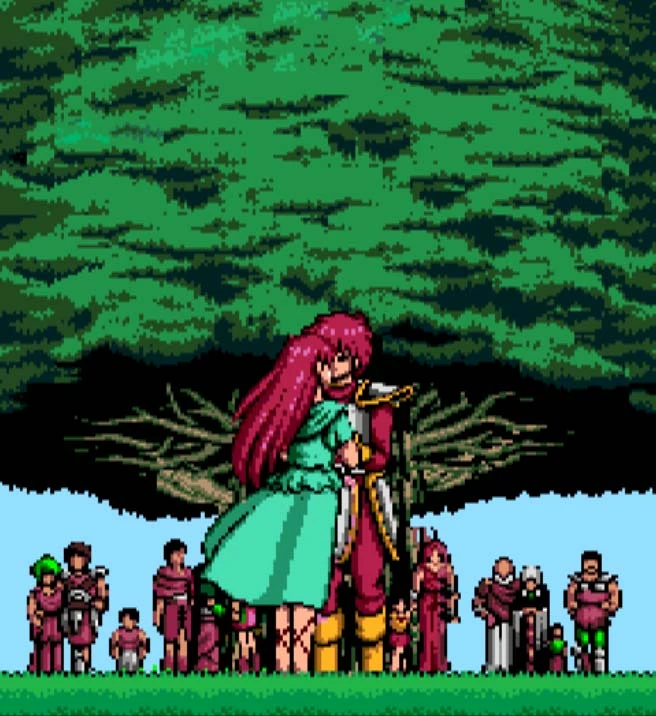
Introduction
Happy New Year! To kickstart 2023 (hopefully I will have a better schedule now), let’s review a game that surprised me in a positive manner. I’m talking about Ys I & II, released for the PC Engine (also known as TurboGrafx-16) on December 21, 1989, in Japan, and on May 23, 1990, in North America.
The Ys series started with the release of Ys: Ancient Ys Vanished Omen, on July 21, 1987, developed and published by Nihon Falcon for the PC-8801, a Japanese computer from NEC. The title was created by Masaya Hashimoto (director, programmer, designer) and Tomoyoshi Miyazaki (scenario writer), who later found Quintet, famous for titles like ActRaiser, Soulblazer and Terranigma. Also worked on the game Yuzo Koshiro, composing its soundtrack. The first Ys was soon followed by Ys II: Ancient Ys Vanished — The Final Chapter, released on June 24, 1988, also for the PC-8801.

Vanished Omen was released in the same year of the first Final Fantasy and Megami Tensei titles, and a year after the first Dragon Quest, but instead of getting inspiration from these games, it had more in common with Falcom’s other titles, like Dragon Slayer, as it’s an action RPG, not a turn-based one.
Today’s game is a remake of the first two Ys games for the TurboGrafx-CD, the CD-ROM add-on for the TurboGrafx-16. The game was developed by Alfa System, a company better known for working on the Tales of the World series, a spinoff of the Tales series from Namco. It was released on December 21, 1989, on Japan and on May 23, 1990, on North America. The game was one of the first RPGs on a CD-ROM (losing to Tengai Makyou: Ziria, or Far East of Eden: Ziria, also for the TurboGrafx-CD), and the first on the medium in North America.

The remakes included animated sequences, better graphics and sound effects, a great Red Book CD soundtrack, voice acting and a few tweaks to the gameplay. The North American release had good voice acting for a change, something rare for English dubs of Japanese games during the ’90s and 2000s. Probably because professional actors were hired, like Michel Bell, Debi Derryberry, and Alan Oppenheimer.
In August 2008 Ys I & II was made available on Wii’s Virtual Console. Besides owning a TurboGrafx-CD, the Virtual Console is the only option to legally play this release. It also was the cheapest. Unfortunately, since January 30, 2019, Nintendo discontinued the Wii Shop Channel, so it’s not possible to buy it there anymore.
There are a few more modern remakes for PS2, PSP, Nintendo DS, Android, IOS and PC. The PC release is called Ys I & II Chronicles+. They have improved graphics, rearranged score, new cutscenes, more dialogues and more details to the main story. If you want a comparison between the releases of Ys I & II, this excellent article from Hardcore Gaming 101 has you covered.
Through this review I will treat these games as one, but when necessary I will address their differences. So let’s find out why I fell in love with this game.
The Narrative
Ys I starts with the swordsman Adol Christin reaching Esteria, a land that is being ravaged by monsters (called goons in game). As he disembarks from a ship the fortuneteller Sara tells him about the land of Ys, a mythical floating island, and how he is destined to return peace to the world. With this outline, Adol is ready to fight monsters, find treasures, and uncover forgotten secrets of Ys until his showdown against Dark Fact, the evil presence responsible for Esteria’s plight.

Ys II starts right after the ending of the first. With Dark Fact defeated, Adol’s adventure continues, as he must save the land of Ys and its two goddesses by destroying Darm, the evil god.

Like most console RPGs of this era, story, characters and dialogue aren’t the game’s biggest strengths. Ys II takes some risks with storytelling by having more mature events, but they won’t have a huge impact on the player as are no more than a few lines of dialogue. As for Adol, he is like most JRPG characters: mostly mute, without a personality (heroic isn’t a personality trait). NPCs are there just to give instructions and progress the story. I don’t think all these circumstances detracts from enjoying the game, but you probably won’t pick it up because it has an intriguing plot and well-written characters.
Presentation
Graphically Ys I & II looked impressive during its launch time, as it offered superior graphics to the NES, but compared to the other 16-bit consoles that would soon enter the market, between 1989 and 1990, it looks plainer and lacking detail. The anime sequences look and sound great, with simplistic yet effective animations. Ys II puts a bit more effort in this aspect, as there are some inspired visuals in a few places, as when Adol climbs Belfry to save Maria and during the fight against Darm. The scrolling usually is fine, but sometimes it can be a bit choppy.

As previously mentioned, the original songs were composed by Yuzo Koshiro and Mieko Ishikawa, but for the TurboGrafx-CD release they were arranged by Ryo Yonemitsu. The songs are very good and make the game feel bigger than it really is. Cities feel calm and happy while dungeons make you agitated with their rock-oriented songs, giving you all the adrenaline needed to bump every goon to hell (yes, bump!). You feel this rush especially during the final boss’ fights, as their songs are fantastic.
The use of the Red Book standard helped the game to stand out from the competition. And it’s easy to guess that the developers took the opportunity to sell the capabilities of the CD-ROM accessory for indecisive players.
Professional voice actors worked on the game and most of the voice acting is very good. There are a few funny moments, but usually caused by the script itself, not by a cringe-worthy performance. Unfortunately, there are no subtitles, so good luck if you miss something.
Mechanics
Ys I & II doesn’t give you a lot to do besides fighting enemies. In Ys I there is a world map, but just three places to go: Minea town, Zeptic village and a mine. Other locations (the three others) are entered through Zeptic village. Ys II discarded the world map and made each location tied to a few others. But it’s not hard to navigate between locations because the game is very linear and you hardly have to backtrack. Also, later in the game you will learn the Magic of Return, which transports you to a human-inhabited place of your choice.
Similar to adventure games, sometimes you will find a few items that are necessary to progress through a maze or a cavern, but there are no puzzles involved and most items will be used only one time. As for weapons and armor, each game has a store to buy them, but you can’t sell the older equipment (Ys II has two stores!).

In Ys II Adol will use the Transform Spell, which is a great addition. With it you will become a goon and will be able to communicate with them. Some will give hints of what you need to do while others will chit-chat. Villagers will also react to your transformation, usually becoming scared.
If you think the game is too slow, it’s possible to tinker with the “Speed” option. As you change it from Slow to Fast, not only texts appear faster, but also Adol and his enemies will move faster.
Battle System
Ys I & II is an action RPG, but an unusual one. Instead of well-timed button presses to attack your enemy, like in most hack’n slashes, you just touch them. Simply put, when you see an enemy, just go and give it a “bump”. But you can’t ram them straight on. You should do it a bit to their side, otherwise you will take damage. It’s also possible to damage enemies by touching them from their sides or backs. That’s the only necessary strategy for common foes, as they only charge at you on sight.

But as you need to get too close to enemies to hit them, it’s easy to also take damage, as when you need to quickly change direction while touching them, or when going through a narrow corridor or a curved one so you can’t maneuver properly. Another problem is that some goons will bounce back when you hit them, hurting Adol. Besides these situations and when you are attacked by a mob, the common goons aren’t a threat.
This description of the battle system probably doesn’t make anyone excited to play the game. I admit it looks bad on paper, thanks to its simplistic nature. Surprisingly, I found it really fun when actually playing the game. It gives a fast pace to battles, as it’s possible to kill them in a few seconds (or you can just avoid them). Going back and forth from cities and labyrinths is a lot faster and less annoying if compared to games that have random battles. Adol also recovers HP automatically when outside dungeons, caverns or enemy shrines, so you barely stop moving from one objective to another.
Leveling up is very straightforward. Just acquire enough experience to gain another level. It’s not possible to choose how Adol will improve, he just becomes more powerful and more resistant to attacks. Don’t worry if you kill all enemies on screen since enemies quickly respawn and run towards Adol, always giving you something to bump into.
The bosses have simple patterns and usually don’t give too much trouble. Some need more time and experimentation, since you can only hurt them during specific moments, but nothing to so hard that will make you stop playing to read a guide.

In Ys II Adol learns a ranged attack, the Fire Spell, which sends a fireball towards the enemy. It’s mandatory for some bosses, as only it can damage them. Besides this magic, only the Shield Spell and the Stop Time Spell have some use while fighting.

Final Thoughts
Ys I & II was a good game in 1989 and is a good game today. It’s simpler than more modern games but that’s it’s strength. Its lack of complexity and simple but well-implemented mechanics help the game to be an enjoyable little adventure instead of a dull epic that lacks enough content to keep you interested.

The story and world are barebones, but they are enough to keep you going from place to place. Even if the graphics aren’t impressive, it’s soundtrack more than makes up for it.
I appreciated a lot the game’s quick pace. Battles are very quick and don’t become boring the more you play. Your HP usually heals automatically, so you don’ t need to continually lose your time and spend money staying at inns or buying recovery items. Thanks to these mechanics you will easily traverse Esteria and Ys, while backtracking won’t be obstructive.
It’s a good game to play when you are burned out by longer games and needs to relax with something more contained. It’s considered one of the better RPGs on NEC’s console, so go for it!
One last question remains: if the remakes have more content, why play Ys I & II from the TurboGrafx-CD?
That’s tricky to answer. Ys I & II for the TurboGrafx-CD is a classic for retrogamers. It’s a pleasure to play and for years it was the definitive version of Ys I and II. The more modern releases are easier and cheaper to acquire, come with more content and have a more modern look if you prefer it. Most of the gameplay is unaltered, the biggest exception being the DS version, which has a button for attacking and can be played with the stylus.
I choose the TurboGrafx-CD version because I wanted to play it for a long time. It waited on my Wii for too long already. As the gameplay is mostly the same, and there is not important additions to the story, I thought there would be no losses.
So, which one should you play?
My advice is to play the version that is easier for you to acquire, as they all are essentially the same. But if you have access to it, the Turbo version is a great one to choose!
Final opinion: Very recommended, without reservation.
